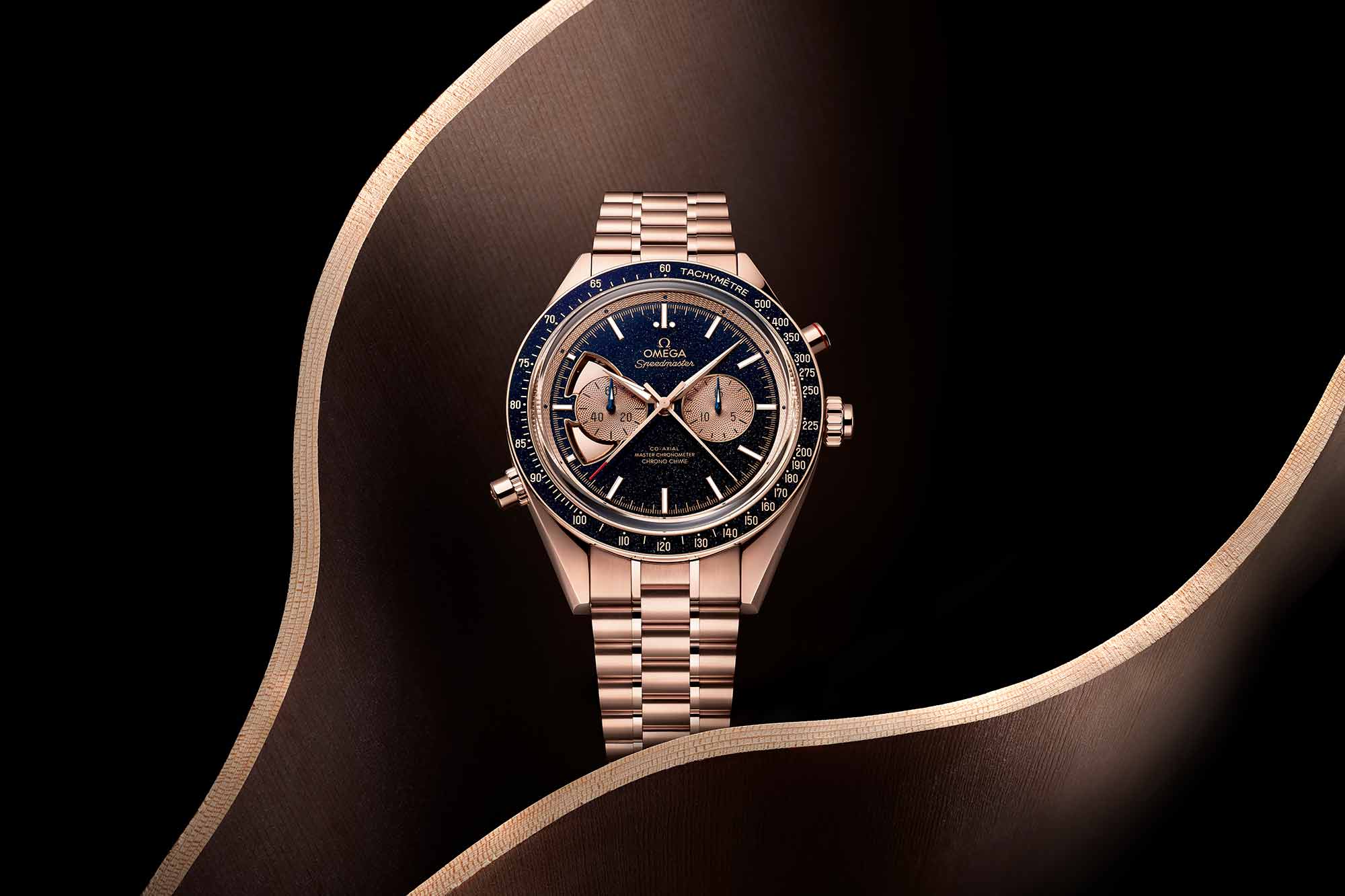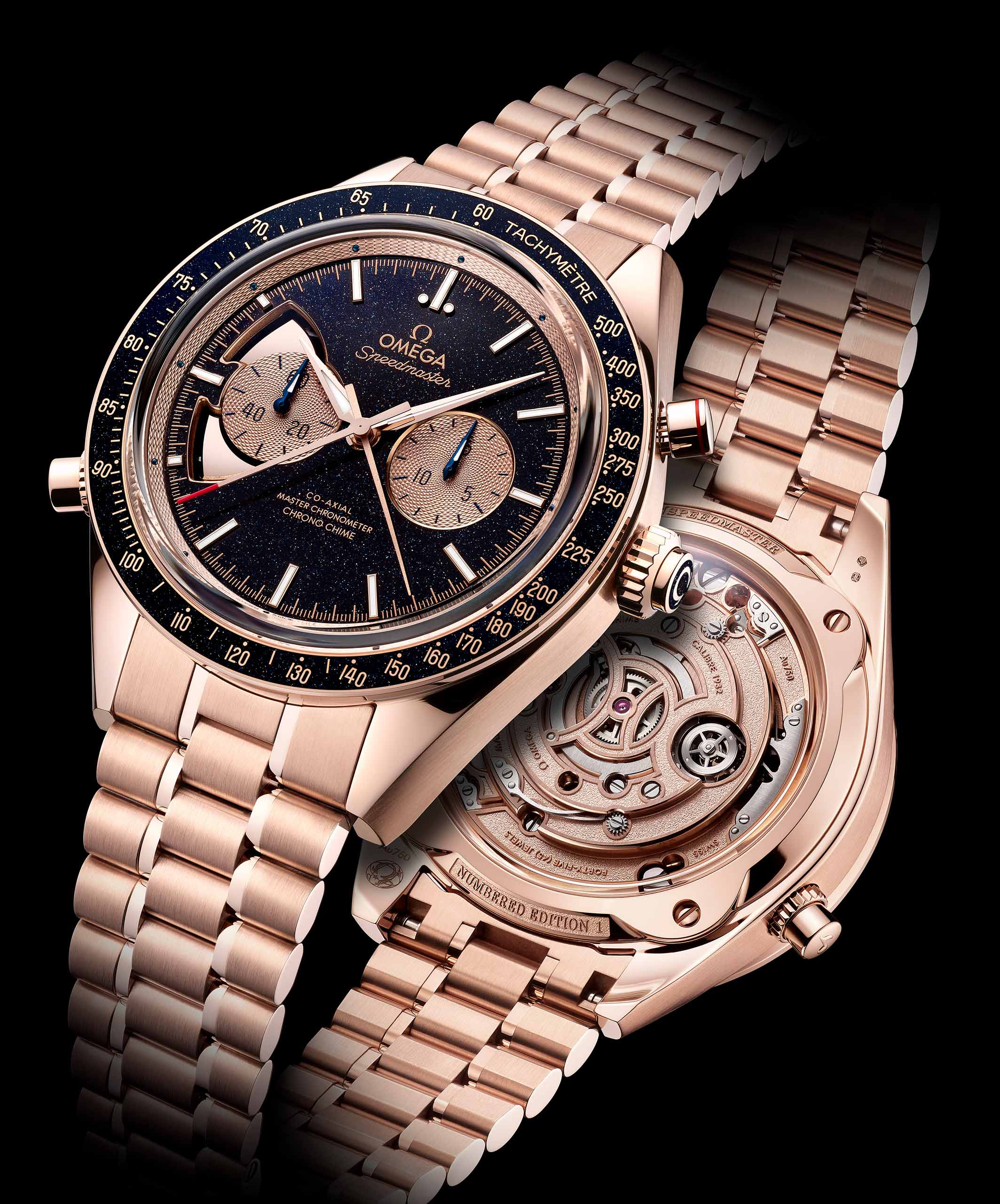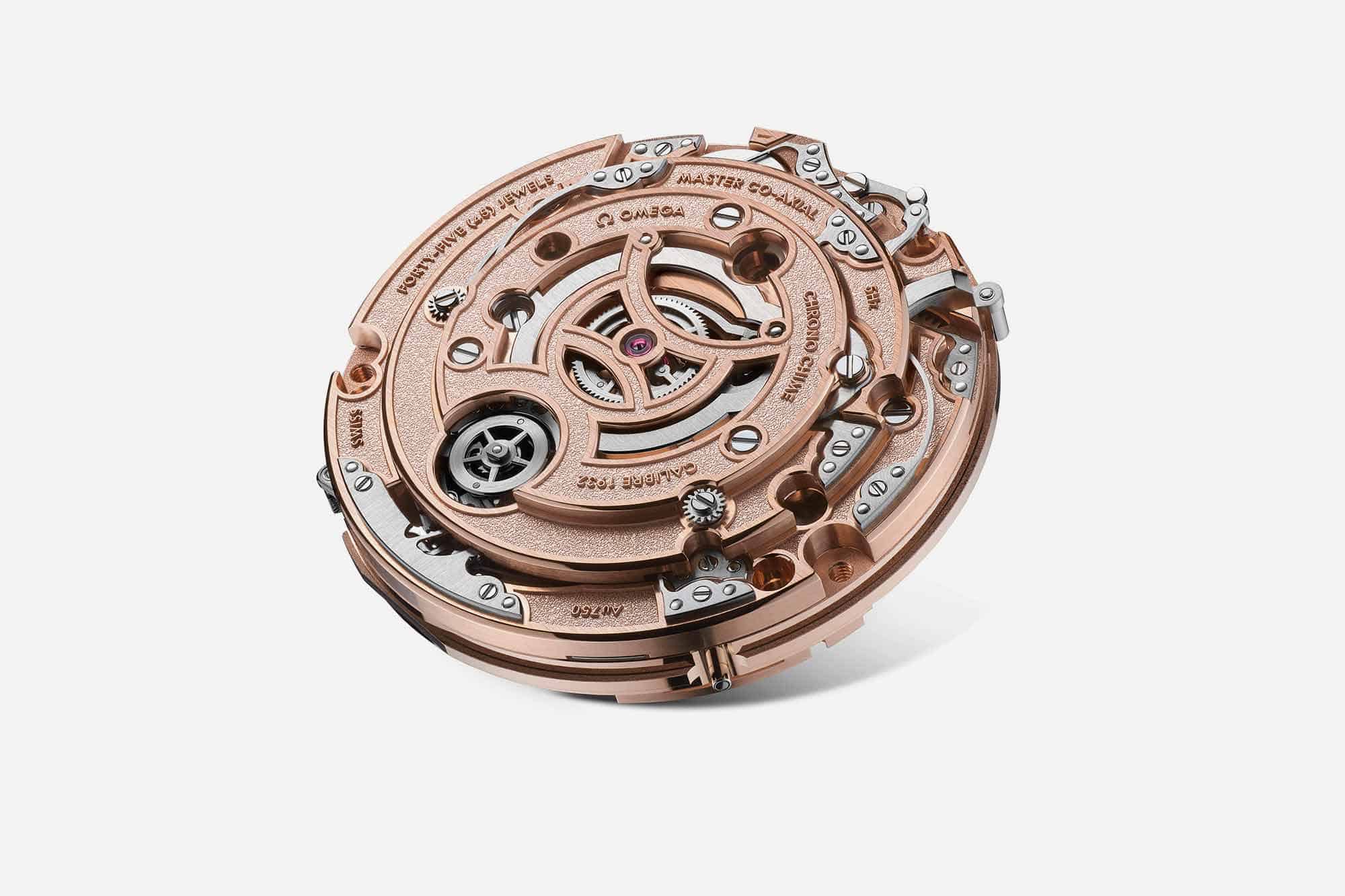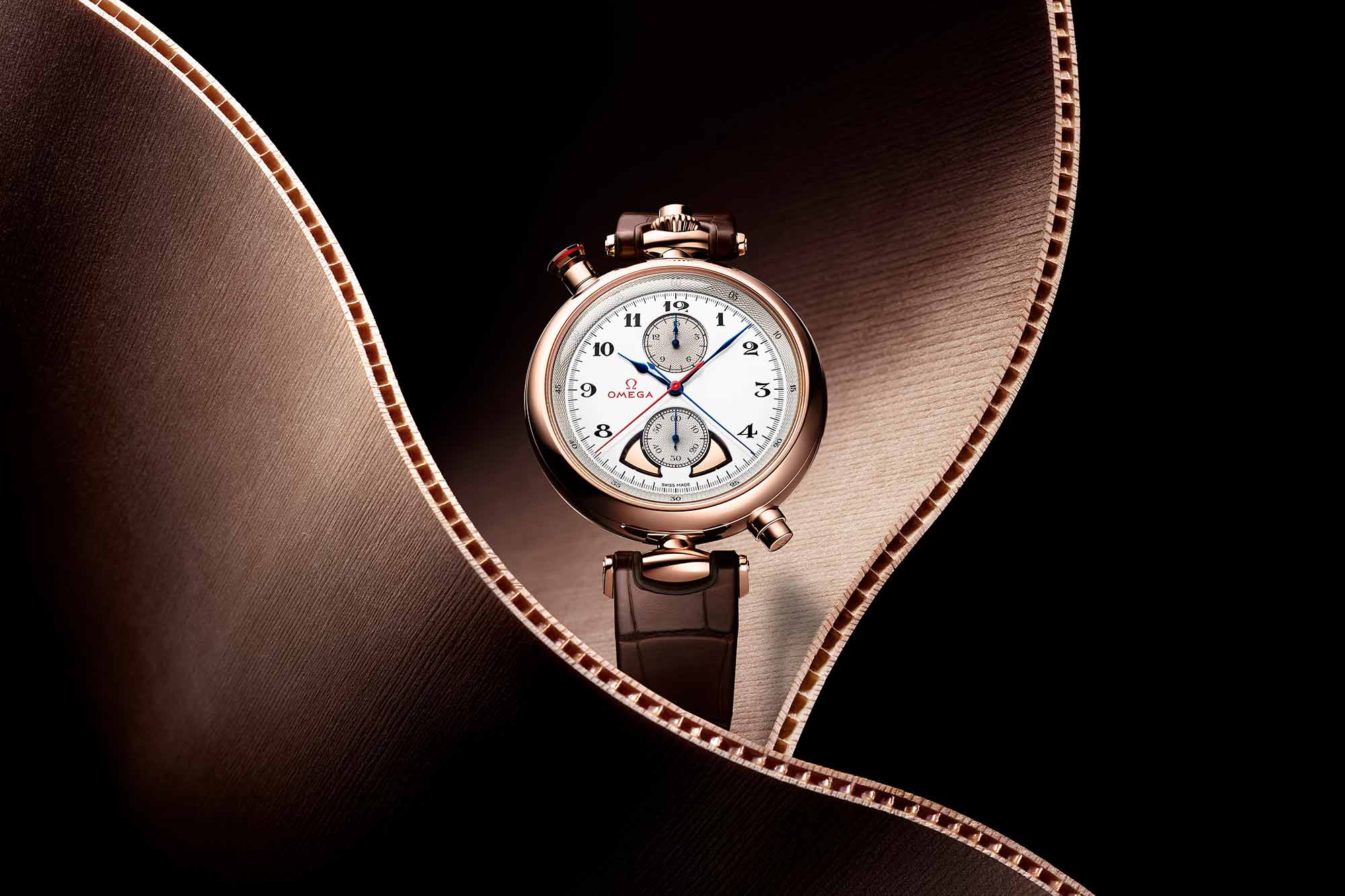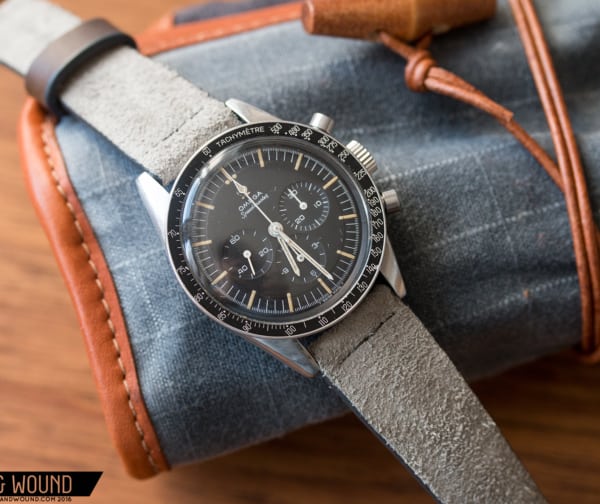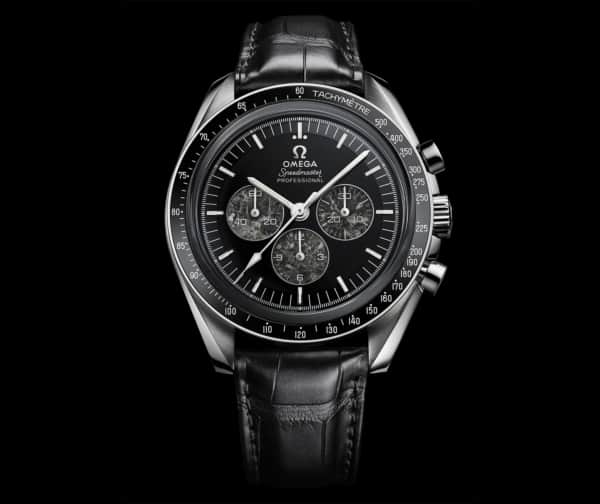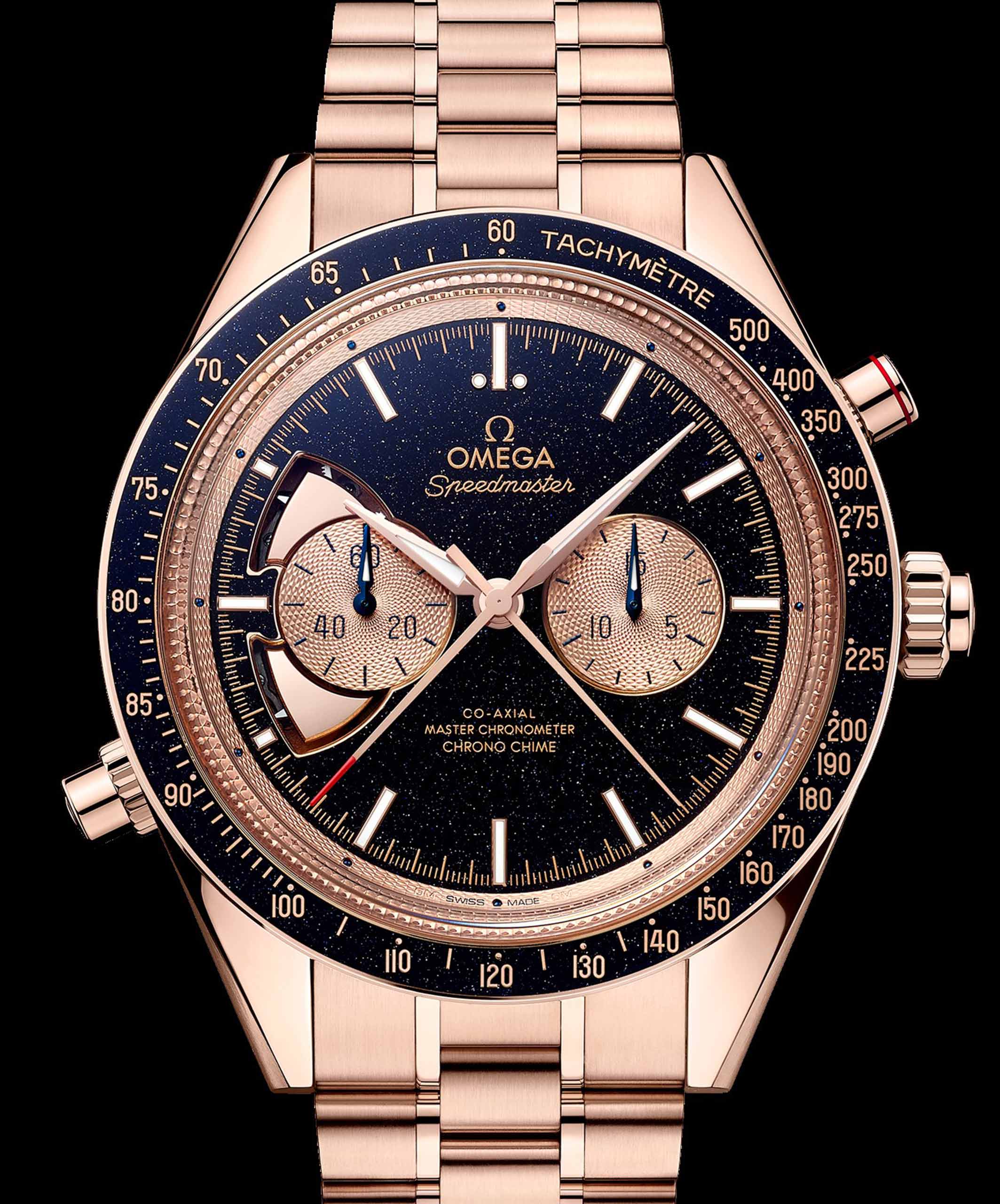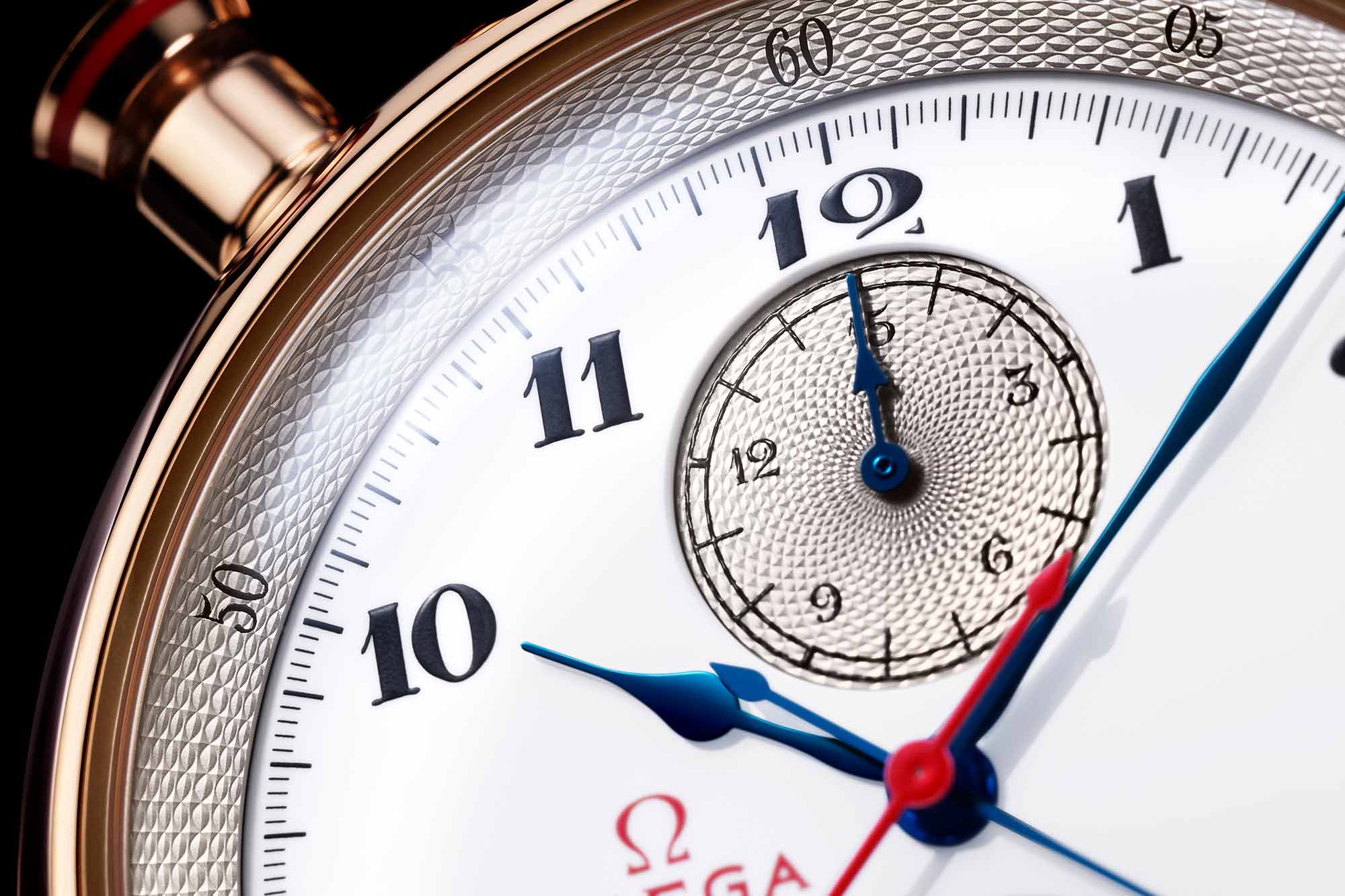Last night, Omega dropped what is sure to be one of the most talked about releases of the year, the Speedmaster Chrono Chime. Of course, any new watch with the word “Speedmaster” in it is going to be discussed and endlessly analyzed by the watch community, and almost certainly lusted after by a large percentage of us. But thinking through recent Speedmaster releases, genuine watchmaking innovation hasn’t really been part of the formula. As with most big Swiss brands curating their marquee product line, we get incremental, small updates. An X-33 with Mars time functionality, for example. The Speedmaster Chrono Chime, however, is a true watchmaking flex, and a reminder of what Omega is capable of. It also shows us something we’ve never seen in a watch before: a minute repeater that chimes a chronograph’s elapsed time.
The Speedmaster Chrono Chime is Here, and it’s the Most Complicated Watch Omega Has Ever Made
To begin to understand this watch (and Olympic 1932 Chrono Chime, another watch announced by Omega last night using the same impressive caliber) it’s worth taking a step back to consider the inspiration behind it. This pair of releases celebrates two key moments in Omega’s long history: the production of the world’s first minute repeater wristwatch in 1892, and the 1932 Olympic Games in Los Angeles, when the use of Omega pocket watches marked the debut of the brand as the official timekeeper of the games. Omega’s involvement in the Olympics is more than just ceremonial. From the beginning, it has driven real innovation in timekeeping, from the development of the touchpads used in Olympic pools to record times in the swimming competition, to the technology used to capture a “photo finish” on the track. So using the Olympic connection as a backdrop to unveil the most advanced caliber Omega has ever built makes a certain amount of sense.
The Co-Axial Master Chronometer Calibre 1932 has been built from the ground up by Omega, and developed in partnership with their SWATCH Group stablemate Blancpain. This chronograph minute repeater is fully integrated and does not make use of modules, which was an essential part of the design process as the chronograph functionality and chiming mechanism are linked in a way never before seen in a watch.
So let’s get into what this movement actually does. First, like all Speedmasters, it’s a chronograph. The start, stop, and reset functionality is controlled via a single pusher embedded in the crown. It’s also a split second chronograph, and you’ll find another pusher at 2:00 (11:00 for the Olympic 1932, which simply rotates the caliber within the case for a stopwatch-like orientation) to activate the rattrapante function. A split second chronograph is special and notably difficult to produce, but the real trick of this watch is that pusher at 8:00 (5:00 on the Olympic 1932). This button activates the watch’s chiming mechanism (the hammers are clearly visible on the dial). With a traditional minute repeater, activating the chimes results in a series of dings and dongs that tell you the current time. But on the Speedmaster Chime, the watch provides an auditory readout of the elapsed time of the chronograph, down to the nearest second.
This is obviously incredibly complex, and Omega says that they filed a total of 17 patents on the movement. Like all Omega calibers, it’s a Master Chronometer, which means it is virtually antimagnetic and incredibly precise in its timekeeping. The movement is enormous: it weighs 46.44 grams and is made largely out of Omega’s Sedna Gold alloy. The movement architecture, built in three circular layers, is unlike any other movement we’ve seen from Omega.
The watches that this movement powers are both as opulent as you’d expect, and make up two sides of the same Speedmaster coin when it comes to aesthetics. I think that of the two, the Speedmaster Chrono Chime will be the more sought after and longer remembered novelty. Omega, somewhat hilariously, describes it as “the Chrono Chime for everyday wear.” These watches are likely to be so rare and sought after, it’s tough to imagine any of their exceptionally well heeled owners actually wearing it daily, but even if they did, it would be a somewhat massive undertaking. The watch measures 45mm in diameter and is a little over 17mm tall and 53.3mm from lug to lug. And of course it’s made of solid Sedna Gold on a full gold bracelet. So it’s safe to say it’ll wear big.
That said, it’s quite beautiful. The dial is described by Omega as blue aventurine “Grand feu” enamel, and the chronograph subdials at 9:00 and 3:00 have the same frosted gold finish as the movement. Hands and hour markers are also solid gold. The case is in the same shape as the legendary CK 2998 Speedy, the first watch worn in spaceflight.
The Olympic 1932 Chrono Chime is styled to look like a pocket watch from the 1930s, and because the movement is cased with a different orientation, it takes on a different character immediately with a 12:00 crown and subdials at 12:00 and 6:00. The highlight here is the white enamel dial, which is paired with a sterling silver inner bezel with an intricate guilloche pattern that is made by hand. Where the Speedmaster Chrono Chime is ostensibly sporty, the Olympic 1932 is unabashedly ornate. This is somewhat ironic given the legitimately sporty inspiration for the piece, but that’s a reflection of changing tastes over time more than anything else.
Availability for these watches is expected to be extremely limited. According to some reports from the big unveiling last night, Omega expects that only 4-5 will be produced per year given the complexity of the movement and the necessity that they be handmade. The price for the Olympic 1932 is CHF 420,000, while the Speedmaster Chrono Chime comes in at CHF 450,000. Large numbers, no doubt. But these are far and away the most complex watches Omega has ever made, and the price is competitive with grand complications from so-called “Holy Trinity” brands, which specialize in similar complications, to varying degrees.
More information can be found on Omega’s website here.









 Featured Videos
Featured Videos




